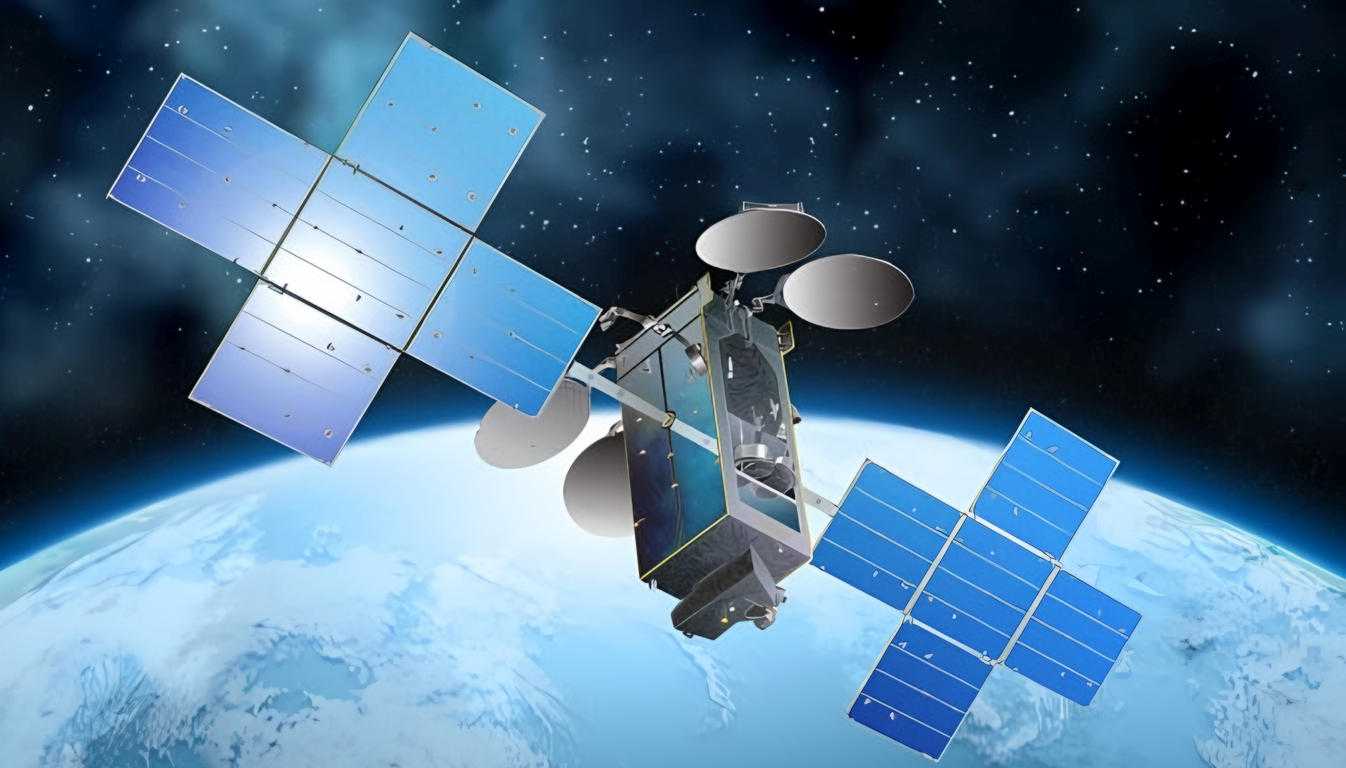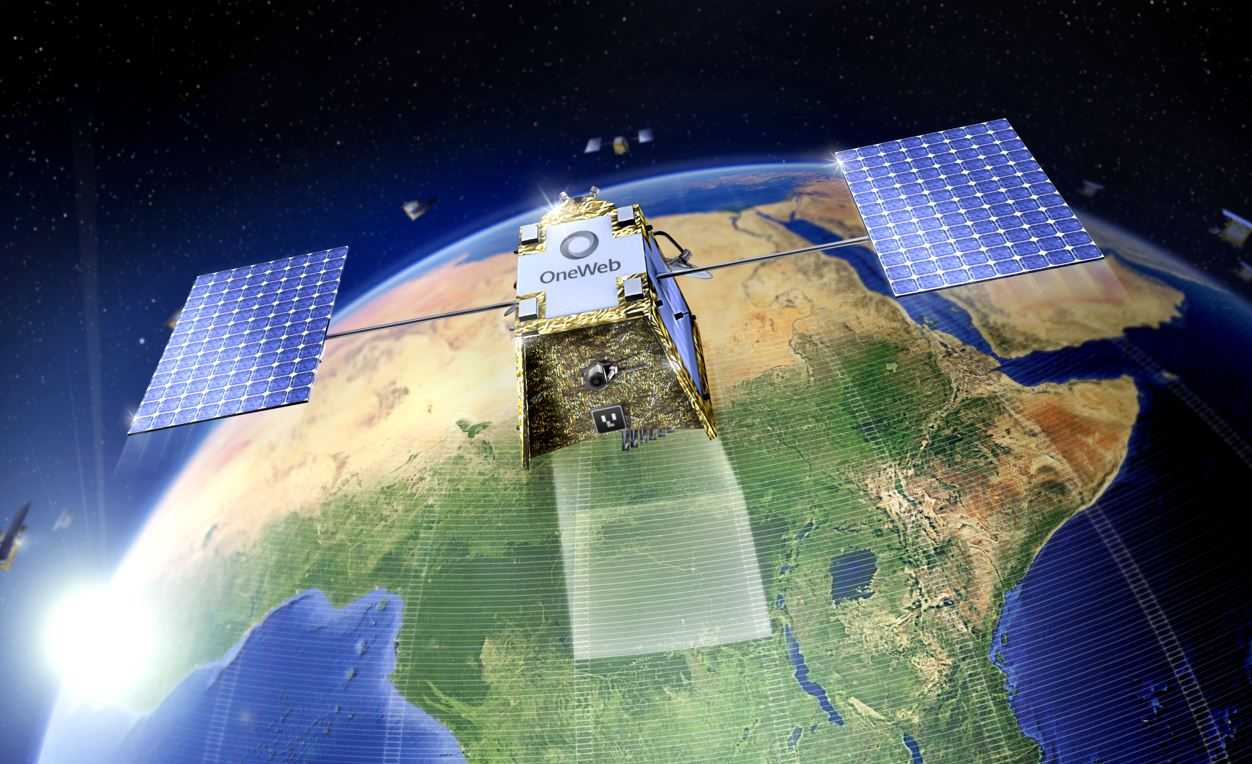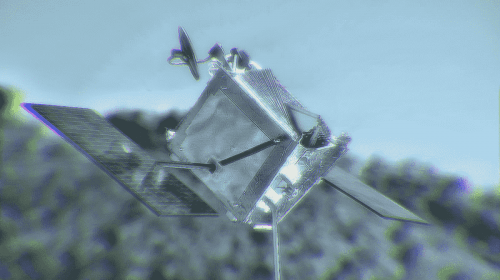Face-off: Low Earth Orbit vs. Geostationary Orbit
Jan 25, 2024
EchoStar’s recently launched Jupiter-3 satellite made headlines as the heaviest commercial communications satellite to date. With immense capacity enabling speeds up to 100 Mbps, Jupiter-3 represents a major milestone for satellite broadband. However, while Jupiter-3’s capabilities are noteworthy, OneWeb’s approach presents a more promising model for sustainable, global satellite connectivity.
Jupiter-3 Leverages Immense Capacity, But At A Cost
Tipping the scales at almost 15,000 lbs, EchoStar’s Jupiter-3 is a veritable heavyweight in the satellite internet arena. However, Jupiter’s higher service costs make it prohibitive for many users worldwide. As a cutting-edge GEO satellite with immense capacity requirements, Jupiter-3 is positioned at the higher end of the market. For rural and remote users struggling with connectivity, Jupiter-3’s high-performance bandwidth comes at a premium they cannot afford.
 Rendition of EchoStar24/Jupiter 3 GEO satellite. Credit: EchoStar
Rendition of EchoStar24/Jupiter 3 GEO satellite. Credit: EchoStar
Additionally, as a lone GEO satellite with a fixed coverage area, Jupiter-3 lacks flexibility and leaves substantial regions, including the poles, without connectivity – a significant shortcoming in today’s global economy.
OneWeb Strategizes Affordability and Accessibility
In contrast, OneWeb has charted a more inclusive and forward-thinking path to satellite connectivity. Centered around a constellation of LEO satellites, OneWeb’s approach tackles the shortcomings of conventional GEO satellites while enabling global, affordable broadband access.
OneWeb’s LEO constellation delivers key advantages over GEO satellites like Jupiter-3. Orbiting much closer to Earth, LEO satellites provide significantly reduced latency while reaching polar and high-latitude regions inaccessible to GEO satellites. This expanded coverage enables OneWeb to deliver connectivity to previously unconnected schools, businesses, and communities across six continents so far.
 Rendition of Eutelsat OneWeb LEO satellite. Credit: Eutelsat OneWeb
Rendition of Eutelsat OneWeb LEO satellite. Credit: Eutelsat OneWeb
Additionally, OneWeb’s multi-satellite network is inherently more scalable, flexible, and resilient than Jupiter 3’s approach. The constellation can be gradually enhanced through ongoing launches of the latest satellites – enabling rapid innovation without waiting for the full lifespan of a single satellite to elapse. Satellite failures can also be managed through improved coverage from the rest of the network.
But more than its technical advantages, OneWeb’s priority on inclusivity makes it a more relevant player for today’s connectivity needs. By strategizing affordable pricing models in consultation with local partners, OneWeb aims to make satellite broadband accessible for the many unconnected, not just the few.
This positioning as an open, affordable satellite constellation also unlocks more significant revenue potential for OneWeb as demand for satellite broadband explodes globally in the coming years, especially in developing markets.
Partnerships and Localization Drive Impact
Fundamental to OneWeb’s approach are strategic on-the-ground partnerships tailored to regional needs. Instead of a narrow commercial focus, OneWeb works actively with telecom providers, governments, businesses, and NGOs to align satellite services with local requirements.
 Eutelsat HQ. Credit: Eutelsat
Eutelsat HQ. Credit: Eutelsat
For example, OneWeb partners with rural telecom operators in remote areas to enhance cellular backhaul capabilities using its satellite network. Such localization initiatives – combined with competitive and flexible pricing – make OneWeb a more relevant and accessible connectivity partner compared to Jupiter-3’s limited approach.
Continuous Innovation Through Responsible LEO Deployment
As demand surges for global connectivity, experts predict the LEO economy emerging around satellite broadband could be valued at over $1 trillion in the next decade. Capitalizing early on this immense potential, OneWeb aims to transform internet accessibility for billions globally.
But with exponential growth in satellites comes greater responsibility. Through platforms like the Space Safety Coalition, OneWeb continually strives to develop sustainable LEO deployment frameworks with a sharp focus on debris mitigation guidelines and minimizing environmental impacts.
Such responsible strategies underline OneWeb’s maturity as a next-generation satellite operator – steering innovative commercial goals through resolute commitments to safety and sustainability.
Promising a Future Where Everyone Is Connected
In a world where broadband internet remains out of reach for roughly half the global population, stakeholders predict demand to almost double in the next five years. Forward-looking players like OneWeb are positioning themselves to responsibly harness satellite technology to serve this vast unconnected population.
And while EchoStar’s Jupiter-3 satellite has commendably expanded satellite broadband capacities so far, OneWeb’s model points to a more progressive, inclusive path ahead. With advantages around affordability, flexibility, and sustainability, OneWeb’s LEO satellite network holds strong promise to equitably bridge the global digital divide in the years ahead – bringing us closer to a future where everyone has the chance to be connected.
As we conclude this illuminating comparison, it’s important to highlight how BusinessCom empowers organizations across the globe to harness blazing-fast, fiber-optic internet speeds—even in the most remote regions without terrestrial or mobile connectivity. Powered by OneWeb’s state-of-the-art LEO satellite constellation, BusinessCom solutions harness innovative flat panel antenna technology to deliver dedicated, enterprise-grade bandwidth when and where you need it.
Auto-pointing antennas, such as Kymeta, lock onto satellites rapidly without manual calibration, ensuring the robust 150Mbps throughput and ironclad SLAs today’s businesses demand. Whether on land, at sea, or mid-transit, our satellite internet solutions ensure anytime speed and reliability to keep your mission-critical operations running smoothly across the globe.
While the world struggles with closing connectivity gaps in remote terrain, BusinessCom stays ahead of the curve through pioneering satellite internet advancements tailored for enterprise usage. When reliability and throughput matter just as much as availability and coverage, trust BusinessCom and cutting-edge antenna systems to deliver high-performance satellite internet when you need it. Step into tomorrow’s hyperconnected world today with BusinessCom.
Contact us to bring blazing-fast satellite speeds to your business now!





